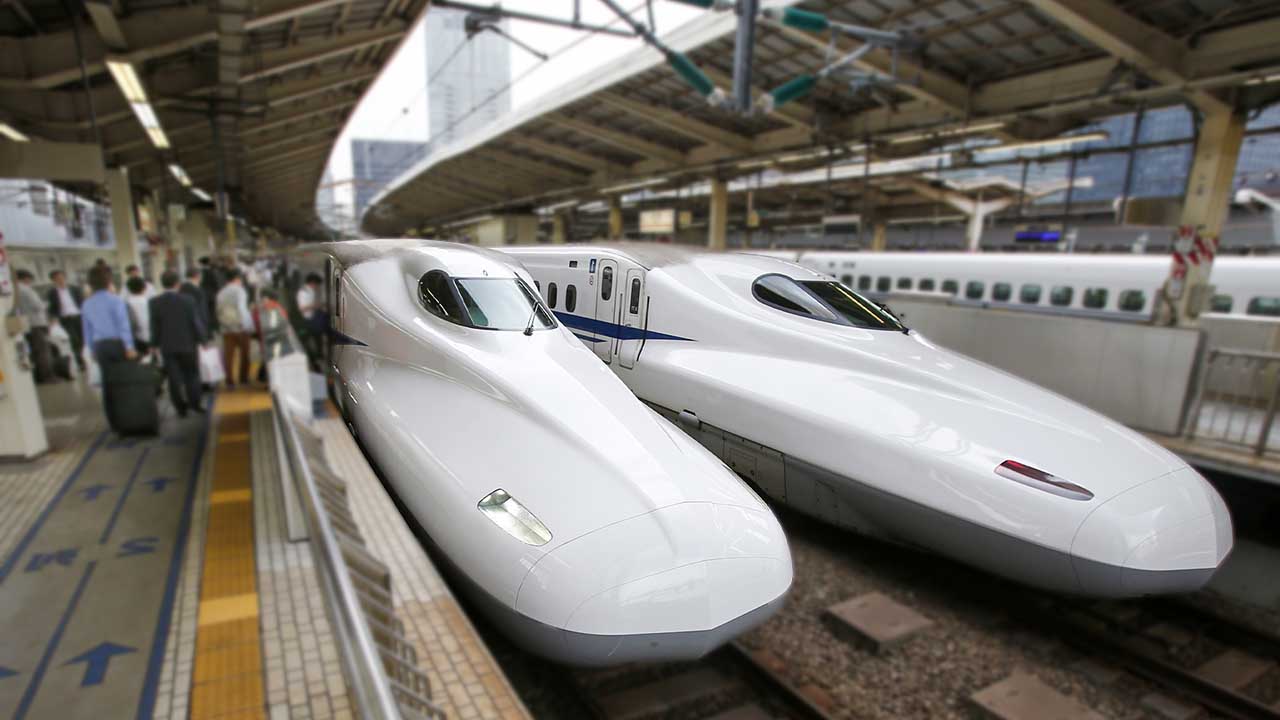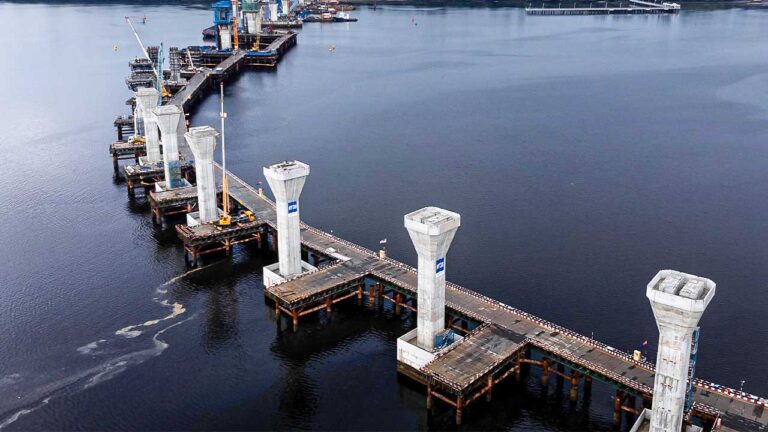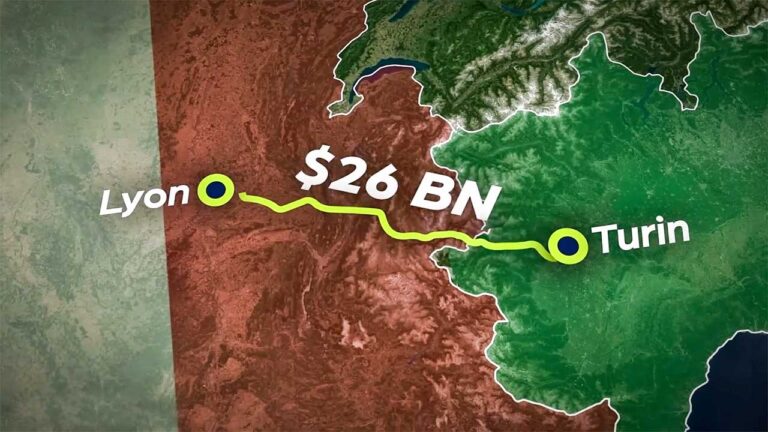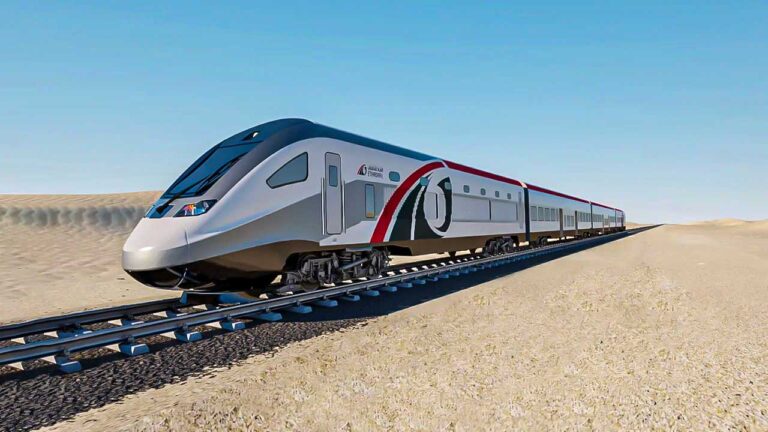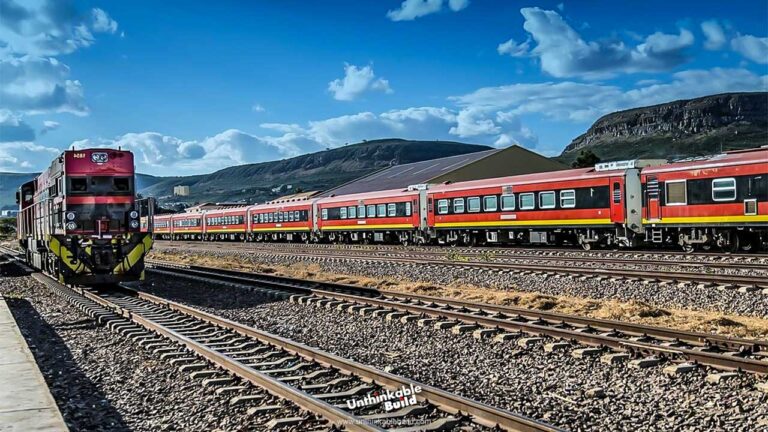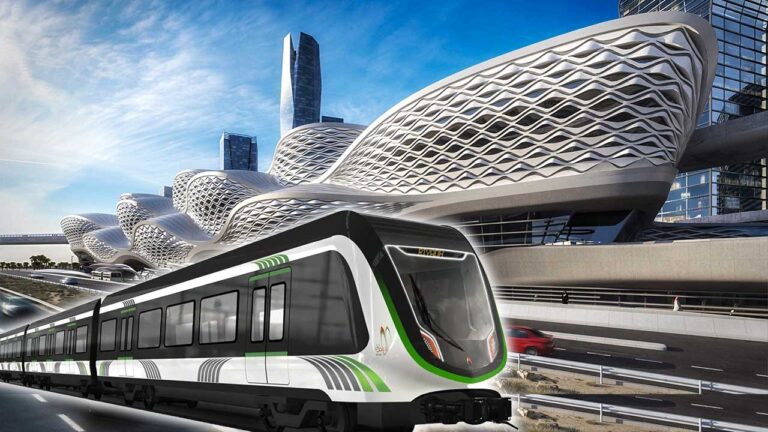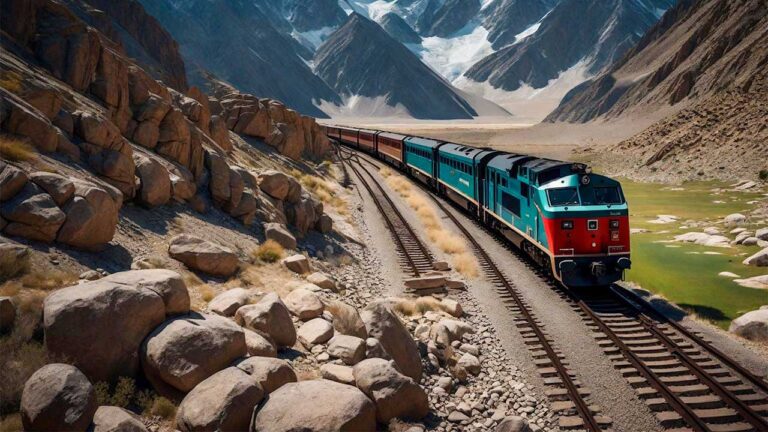Chuo Shinkansen: Japan’s High-Speed Bullet Train Will Be a Game Changer
Japan, a country with a history full of disasters, never steps back. From technology to efficient and advanced infrastructure, it has proven to be among the best. In terms of rail systems, Japan was the first to introduce the high-speed rail system with the Tōkaidō Shinkansen, which began its operations in Honshū, Japan, in 1964. These trains were also known as bullet trains. Later on, several other countries, including France, Germany, Spain, and Italy, introduced high-speed trains, and today Europe has an extensive railway network with numerous international connections. China, though late to join this race, was able to develop the world’s largest high-speed railway network, approximately 44,000 km in length. As of 2023, its network accounted for over two-thirds of the world’s total.
The Tōkaidō Shinkansen, being the oldest high-speed train line in the world, is also one of the most heavily used railway lines in Japan. To ease congestion, the Japanese government has begun constructing a new maglev train line, the Chuo Shinkansen, which will eventually connect Tokyo and Osaka.
Using revolutionary Superconducting Maglev technology, the Chuo Shinkansen Maglev railway line will connect Tokyo and Nagoya, with plans to extend it to Osaka. The project implementation is being done in multiple phases. Phase 1, which started in 2014, involves building a 285.6-kilometer-long line between Tokyo and Nagoya. About 90% of the 285.6-kilometer (178 mi) line to Nagoya will be in tunnels, featuring a minimum curve radius of 8,000 m (26,000 ft) and a maximum grade of 4%. In addition to the tunnels, the line will include 11.6 km of bridges, 4.1 km of rail beds, and 23.6 km of viaducts.
Also Read: Will Merdeka 118 Bring a New Dawn of Opportunities for Malaysia
Phase 2 is currently underway. By 2037, the plan is to extend the line all the way to Osaka. Upon completion, the Chuo Shinkansen is expected to reduce travel time from Tokyo to Nagoya to under 40 minutes, and from Tokyo to Osaka to around 67 minutes, with the trains running at a maximum speed of 505 km/h (314 mph).
The Chuo Shinkansen project was initiated by Japan Airlines before the facilities and research were taken over by the Central Japan Railway Company. The line is being built by first expanding upon an existing maglev line: the Yamanashi test track, which was initially established for maglev research and development in the 1970s. In 2007, JR Central announced that it would raise funds for the construction of the Chuo Shinkansen on its own, without government financing. At that time, the cost was estimated at ¥5.1 trillion, but it escalated to over ¥9 trillion by 2011. The schedule was later altered to bring forward the completion date of the Nagoya-Osaka segment to 2037, after JR Central received a loan from the Japanese government.
In May 2011, the Japanese government gave permission to proceed with the construction of the line, with a budget of over ¥9 trillion, and construction began in 2014. The primary reason for the increase in the cost of this mega project is that most of the line is planned to run in tunnels, with some sections at a depth of 40 meters underground for a total of 100 km in the Tokyo, Nagoya, and Osaka areas. Phase 1 of the Chuo Shinkansen, connecting Tokyo to Nagoya, is scheduled to open in 2027, while Phase 2, extending from Nagoya to Osaka, is set to open in 2037, having been initially scheduled for 2045.
However, in October 2023, Shunsuke Niwa, the new president of JR Central, reiterated the company’s view that it would be difficult to open the maglev line between Tokyo and Nagoya, central Japan, in 2027 as initially planned. However, the company has assured that it will make every effort to open the Chuo Shinkansen maglev line as early as possible.
The opening of the Tokaido Shinkansen in 1964 spurred Japanese National Railways to explore faster maglev technology, culminating in an 18.4 Km test track in Yamanashi Prefecture. This track demonstrated impressive speeds of over 500 km/h, paving the way for the future Chuo Shinkansen line.
By 2013, the track had been extended by an additional 25 Km along the proposed route of the Chuo Shinkansen. This extension allowed researchers to test the limits of the line’s speed. Achieving a world record for the fastest manned train, the track significantly outpaced the speed of the fastest bullet trains. In 2015, a prototype train achieved a world speed record of 603km/h (374mph) on JR Central’s maglev test track in Yamanishi prefecture.
Also Read: Chinese Maglev Hyperloop Train Will Travel at 1000 Km/h
The Chuo Shinkansen, upon completion, will stretch from Tokyo through Nagoya to Osaka, with multiple stops in various provinces enroute. Construction has already commenced on two key stations: Shinagawa Station in Tokyo and Nagoya Station.
The confirmed stops along the Tokyo-Nagoya segment include:
- Hashimoto in Kanagawa Prefecture
- Kōfu in Yamanashi Prefecture
- Lida City in Nagano Prefecture
- Nakatsugawa in Gifu Prefecture
Moreover, the Nagoya-Osaka segment is anticipated to include stops at stations in Mie Prefecture and Nara Prefecture, culminating at the Shin-Osaka Station terminus.
The Chuo Shinkansen project, an ambitious endeavor to revolutionize travel in Japan, is currently at various stages of development. Notably, construction of the maglev station at Shinagawa has begun, featuring 4 tracks and 2 platforms. This challenging task is expected to take a decade, as it involves careful work beneath the existing Shinkansen station to avoid disrupting ongoing train services.
Significant progress is also being made on the extensive tunneling required for the line. One notable achievement will be the 25-kilometer tunnel under the southern Japanese Alps, approximately 1,400 m (4,600 ft) below the surface at its deepest point. The tunnel is expected to be completed in 2025, and upon completion will succeed the 1,300 m (4,300 ft) deep Daishimizu Tunnel on the Joetsu Shinkansen line as the deepest tunnel in Japan. Additionally, plans are underway for a 7-kilometer tunnel in Yamanashi and Shizuoka, both projected to finish by 2025.
The Tokyo to Nagoya segment of the maglev line is scheduled to open in 2027, with commercial operations commencing the same year. The extension to Nagoya–Osaka, bolstered by additional funding from than Japan Government, is now expected to open in 2037.
Construction in the Shizuoka Prefecture has not yet started. The local government is concerned about the project potentially reducing the water level of the Oi River. JR Central is worried that delaying construction of the 9 Km section could jeopardize the entire project, prompting careful consideration of the construction procedures.
Some believe that Shizuoka Prefecture’s concerns about the Oi River are not the main issue. They speculate that the real motive is to pressure JR Central into building a station beneath Shizuoka Airport on the Tokaido Shinkansen line. Shizuoka Prefecture has repeatedly requested a station there, but JR Central has declined, citing the proximity of Kakegawa and Shizuoka stations.
In 2018, a scientific study compared the energy consumption of SCMaglev, Transrapid, and conventional high-speed trains. The study focused on energy consumption per square meter of usable area in relation to speed. It found that at speeds above 200 km/h, the differences in energy consumption between these systems are minor. However, maglev trains can achieve much higher speeds than conventional trains. Conventional trains are more energy-efficient at slower speeds, but this advantage decreases or reverses at high speeds. For the Chūō Shinkansen, which primarily runs in tunnels, air resistance is significantly higher than most high-speed railways, leading to increased energy consumption.
In terms of specific energy consumption, the L0 series maglev between Tokyo and Osaka is estimated to use 90-100 Wh/seat-km, whereas the conventional N700-series train on the same route uses about 70 Wh/seat-km. Despite this, the L0 series is still more energy-efficient than modern passenger aircraft like the Airbus A319neo, which consumes approximately 209 Wh/seat-km over 1,900 km. The energy consumption for short flights, such as Tokyo to Nagoya, is expected to be even higher. Furthermore, the L0 series’ operation is entirely electric, facilitating a transition to renewable energy sources.
The Chuo Shinkansen is a testament to the ingenuity of Japanese engineers. It symbolizes progress, connecting cities and people in mere minutes and contributing to Japan’s economic growth. As construction advances, we can anticipate a focus on sustainability, speed, and efficiency. The Chuo Shinkansen is more than just a mode of transportation; it’s a bridge towards a future where distance is no longer a barrier.

